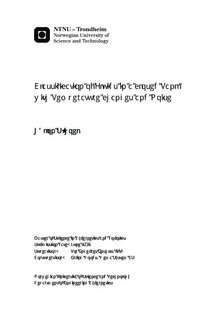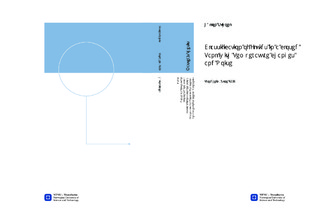| dc.description.abstract | In order to meet the increasingly stringent emission standards for heavy duty commercial vehicles world wide, systems to reduce the emission of NOx from diesel engines are required. Selective catalytic reduction, using Adblue as a reducing agent, is such a system. To avoid damage to the system it is important to avoid non compliant Adblue being present in the tank.
This report investigates whether it is possible to distinguish different fluids from each other by applying classification theory to the sensor data available in a system for measuring urea concentration already in use. Sensor data has been retrieved by measuring in a number of fluids in a lab, while trying to simulate realistic tank conditions in the form of bubbles and temperature changes. The sensors used were an ultrasound sensor and a conductivity sensor. The fluids included in the experiment were Adblue 32.1%, Adblue 15.8%, Diesel, Glycol 100%, Glycol 50%, and water.
Three classification strategies were tested, Minimum error classification assuming Gaussian distribution of data, k-nearest-neighbor classification and least mean square classification. The best results were achieved after transforming the feature space by applying Multiple Discriminant Analysis. Using this as a preprocessing step the best results achieved by the different classification strategies were as follows: The minimum error rate (MER) classifier achieved an error rate of 0.57%. The k-Nearest-neighbor (kNN) classifier achieved an error rate of 0.12%. The Least-mean-square (LMS) classifier achieved an error rate of 5.72%. By these results it can be concluded that the minimum error rate classifier is the recommended classification strategies of the three that were tested. This can be done because the results achieved by this classifier are almost as good as the results achieved by the kNN classifier, while after it has been trained it has a significantly lower computational cost than kNN, which makes it more suited to be implemented in a microcontroller system operating on a vehicle. | |

